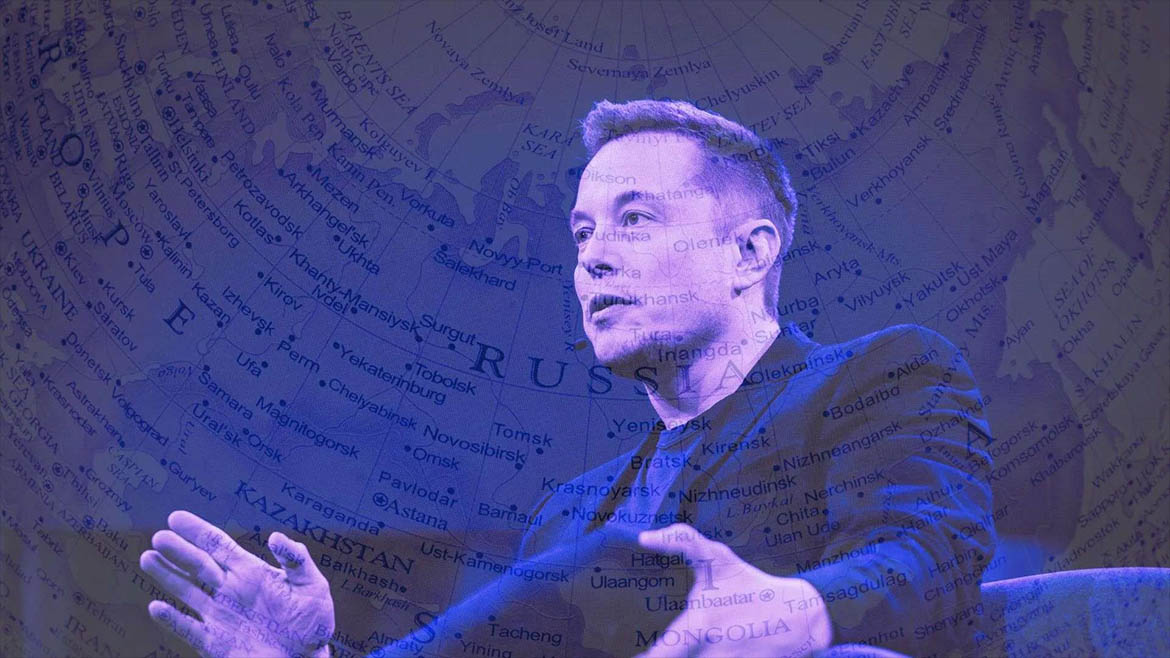Elon Musk’s ambitious goal of colonizing Mars by transporting one million people to the planet: Advancing towards a multiplanetary human civilization
Elon Musk, the forward-thinking CEO of SpaceX, has set an ambitious objective to establish a human settlement on Mars, with the aim of transporting 1 million individuals to the Red Planet by 2050. This concept not only demonstrates Musk’s forward-thinking vision but also emphasizes an important step towards enabling humans to inhabit multiple planets.
Important Points to Note:
Musk suggests constructing 1,000 Starships in the next ten years to transport people and resources to Mars.
The goal is to lower the cost per person for Mars colonization to the equivalent of a house in the U.S., which is approximately $200,000.
SpaceX’s strategy involves launching three Starships on a daily basis, taking advantage of opportunities when Earth and Mars align favorably every 26 months.
Musk plans to establish a self-sufficient society on Mars in order to guarantee the long-term existence of humanity outside of Earth.
Creating a Mars Pathway
Musk’s approach includes major progress in space technology, with an emphasis on complete reusability, refueling in orbit, producing propellant on Mars, and utilizing the appropriate propellant to save expenses. The SpaceX Starship, which is a crucial part of Musk’s plan, is created to be a spacecraft that can be used multiple times and has the ability to transport 100 passengers and cargo to Mars. This method not only reduces the cost of space travel but also ensures its long-term viability.
A Self-Sustaining Martian Society
The goal is to create a self-sufficient metropolis on Mars, including a strong economy and employment options. Musk’s proposal involves a group of Starships that would carry essential infrastructure, life-support systems, and the first human residents to begin the Martian colony. This ambitious project aspires to create a future when Mars can sustain life on its own, with its own systems for producing food, supplying water, and generating energy.
Milestones and Difficulties to Come
Establishing a self-sufficient society on Mars is filled with difficulties, ranging from technological obstacles to the logistical intricacy of moving a million individuals through space. However, Musk’s plan involves starting the first missions before the end of this decade. The construction of the Starship fleet and the development of essential life-support systems are already in progress.
Summary
Elon Musk’s goal of transporting 1 million individuals to Mars by 2050 is not only a demonstration of human ambition, but also a plan for the future of humanity. With the goal of decreasing the expense of space travel, utilizing advanced technology for sustainability, and imagining a prosperous civilization on Mars, Musk is establishing the foundation for enabling life on several planets. This perspective, however difficult, presents unparalleled possibilities for scientific exploration, technological progress, and the enduring existence of humanity.
As we approach what could be the most important human endeavor, the mission to Mars symbolizes not only a trip into unfamiliar territory but also a move towards ensuring humanity’s position in the universe.
Stay Updated about the latest technological developments and reviews by following TechTalk, and connect with us on Twitter, Facebook, Google News, and Instagram. For our newest video content, subscribe to our YouTube channel.
Read More: Elon Musk’s Response on Starlink Supply to Russia





